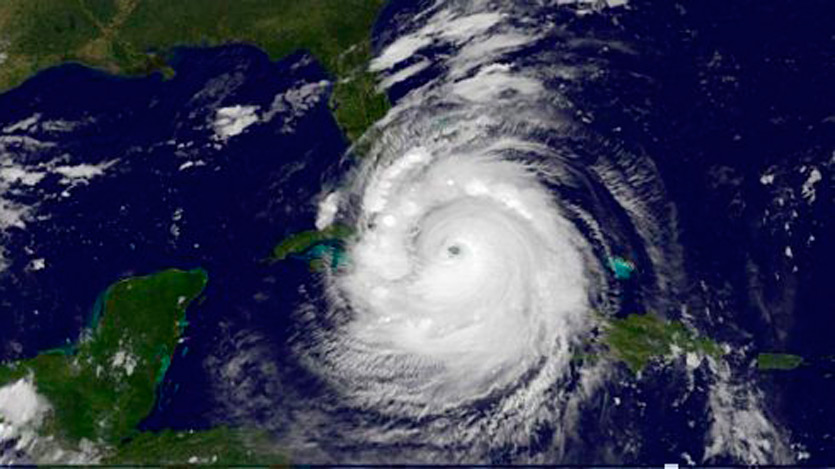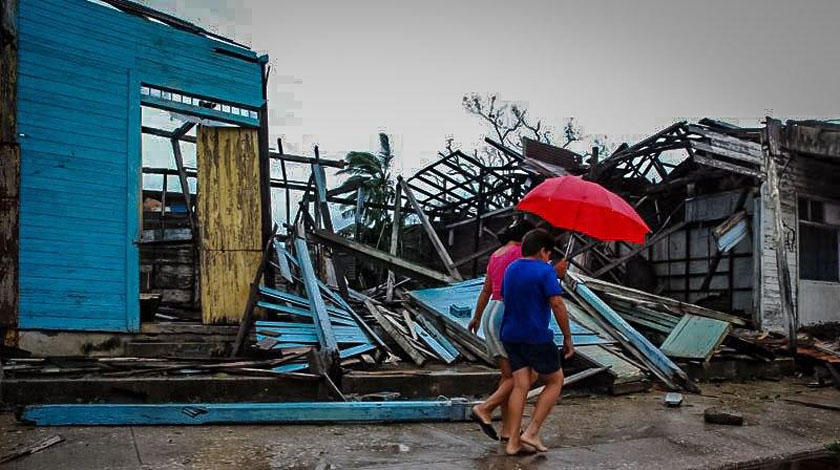
Its location in extensive plains and protection by the mountain ranges of eastern Cuba have been some of the keys for Las Tunas to have had the threat of hurricanes of different intensity but with few devastating impacts.
Las Tunas, Cuba.- But this reality has not limited the authorities and corresponding entities to prepare in advance every time the hurricane season approaches in the North Atlantic Ocean, Caribbean Sea, and Gulf of Mexico, from June 1 to November 30.
This does not mean that the island has been free from weather events, but 17 hurricanes in the last 90 years, most of them with slight damages, is not much if its geographical position in the Caribbean Sea is taken into account.
Information provided to the Cuban News Agency by specialists of the Provincial Meteorological Center means that research, interviews with historians, and people who have had experiences during the passage of hurricanes, reveal everything that happens every year during the hurricane seasons.
The hurricane of 1932, which entered through Camagüey and greatly affected Santa Cruz del Sur and Guayabal (today belonging to Las Tunas), left hundreds of dead and devastated both towns due to the high level of the waves and the penetration of the sea, is considered of great impact.
 Hurricane Ike destroyed some 10 thousand houses |
The other powerful hurricane that hit this territory with fury came 76 years later: "Ike" in 2008, which entered through the northern municipality of Jesús Menéndez and crossed the province, leaving more than 80 thousand houses affected, some 10 thousand totally destroyed.
And that same year, but in November, "Paloma" arrived from the south, and devastated the town of Guayabal, where the sea penetrated about 800 meters. But in record time, housing buildings were built for the affected families.
Although "Flora," in 1963, was not of great intensity, without strong winds but with constant rains; it is well remembered for the many rainfalls associated, and especially for its erratic and slow trajectory that put the people of Las Tunas on edge.
The remaining 13 hurricanes, some with more intensity than others, according to the Saffir-Simpson scale, have wreaked their havoc, but coastal flooding is considered light.
The southern community of Guayabal, located in a very low area, has been hit by almost all the hurricanes registered in Las Tunas, while the provincial capital, in the center of the territory, has been the least affected. It has only been impacted by four events.
It is a province with vulnerabilities for having coasts in the north and south, but without peninsulas that stand out from the Cuban geography. And as they say, Las Tunas is in the cayman's throat.